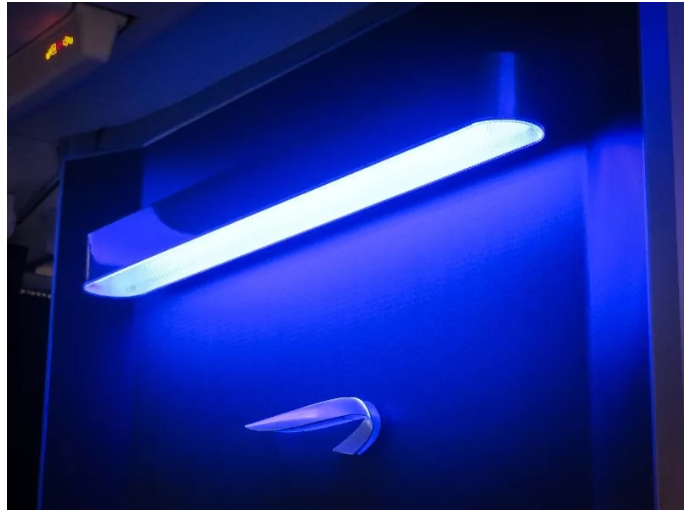信息摘要:LED mining lamps, also known as LED industrial lamps, have become an integral part of the modern industrial lighting market. With their ener......
LED mining lamps, also known as LED industrial lamps, have become an integral part of the modern industrial lighting market. With their energy efficiency, long lifespan, and versatile design, these lamps have revolutionized the way lighting is used in mining and industrial settings. This article aims to provide a comprehensive introduction to the LED mining lamp industry, covering its history, technology, applications, and future prospects.
History of LED Mining Lamps
The history of LED mining lamps can be traced back to the early 2000s when the LED technology started to gain traction in the industrial sector. Initially, LED lamps were used in niche applications due to their high cost and limited efficiency compared to traditional lighting solutions. However, with advancements in LED technology and the falling cost of components, LED mining lamps began to replace traditional incandescent, fluorescent, and HID lighting systems in mining and industrial environments.
In the late 2000s, the market for LED mining lamps started to grow rapidly, driven by factors such as energy savings, reduced maintenance costs, and improved safety standards. Today, LED mining lamps are considered the gold standard in industrial lighting, and their adoption rate continues to rise across various industries.
Technology Behind LED Mining Lamps
LED mining lamps are designed using cutting-edge technology that ensures optimal performance and durability in harsh industrial environments. Here are some key aspects of the technology behind these lamps:
1. LED Chips: The core of an LED lamp is the LED chip, which emits light when an electric current passes through it. High-quality LED chips are essential for achieving high brightness and long lifespan.
2. Driver: The driver is a crucial component that converts the input voltage to the required voltage and current for the LED chips. A high-efficiency driver ensures that the lamp operates within the optimal range and reduces energy consumption.
3. Optical Design: The optical design of an LED lamp determines its light distribution and intensity. Advanced optical designs, such as diffusers and reflectors, help to achieve uniform lighting and reduce glare.
4. Heat Management: Mining and industrial environments are characterized by high temperatures, which can affect the performance and lifespan of LED lamps. Effective heat management techniques, such as heat sinks and ventilation systems, are employed to dissipate heat and maintain optimal operating conditions.
5. Protection Features: LED mining lamps are equipped with various protection features, such as impact resistance, water resistance, and dust resistance, to ensure they can withstand harsh conditions in mining and industrial settings.
Applications of LED Mining Lamps
LED mining lamps find applications in a wide range of industries, including:
1. Mining: The mining industry is one of the primary users of LED mining lamps due to their ability to provide reliable and efficient lighting in underground and surface mining operations.
2. Manufacturing: LED lamps are extensively used in manufacturing facilities for general lighting, machine tool illumination, and process lighting.
3. Construction: Construction sites require robust and durable lighting solutions, and LED mining lamps are ideal for providing adequate illumination in challenging environments.
4. Transportation: LED mining lamps are used in roadways, tunnels, and airports to ensure safe and efficient traffic management.
5. Agriculture: LED mining lamps are also employed in agricultural settings for crop lighting, animal husbandry, and greenhouse applications.
Market Trends and Challenges
The LED mining lamp market is witnessing several trends and challenges that are shaping its future:
1. Energy Efficiency: As environmental concerns continue to grow, energy efficiency remains a key focus for the industry. Manufacturers are constantly working to develop more energy-efficient LED mining lamps.
2. Customization: The demand for customized LED mining lamps is on the rise, as users seek solutions that meet their specific lighting requirements.
3. Regulatory Compliance: Compliance with international and local regulations is crucial for the LED mining lamp industry. Manufacturers must ensure that their products meet safety and performance standards.
4. Cost: While the cost of LED mining lamps has decreased over the years, they are still more expensive than traditional lighting solutions. This can be a barrier to adoption, particularly in developing countries.
Future Prospects
The future of the LED mining lamp industry looks promising, with several factors contributing to its growth:
1. Technological Advancements: Continuous advancements in LED technology are expected to drive the industry forward, leading to more efficient, durable, and cost-effective lamps.
2. Increased Demand: As more industries recognize the benefits of LED mining lamps, the demand for these products is expected to rise.
3. Global Expansion: The LED mining lamp market is expected to expand globally, with emerging markets contributing significantly to growth.
4. Sustainability: The focus on sustainability and energy efficiency will continue to drive the adoption of LED mining lamps, making them a more attractive option for businesses and consumers.
In conclusion, LED mining lamps have become a vital component of the modern industrial lighting market. With their energy efficiency, long lifespan, and versatile design, these lamps have revolutionized the way lighting is used in mining and industrial settings. As the industry continues to evolve, it is poised to play a crucial role in shaping the future of industrial lighting.





















 扫一扫联系客服
扫一扫联系客服 扫一扫手机访问
扫一扫手机访问